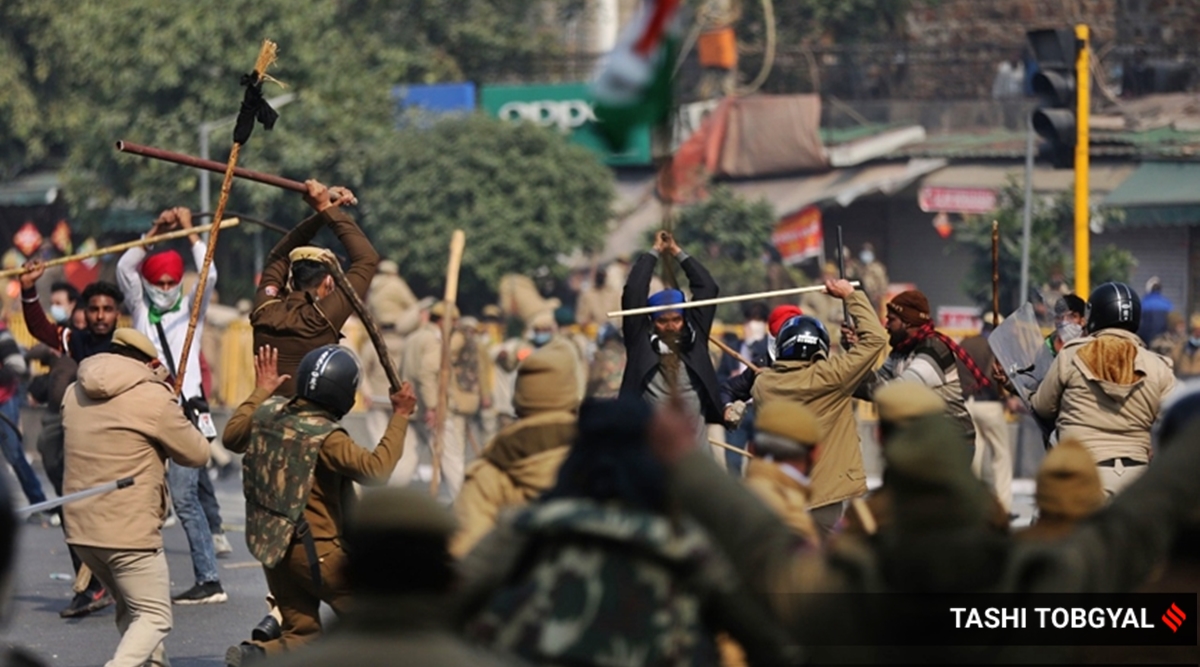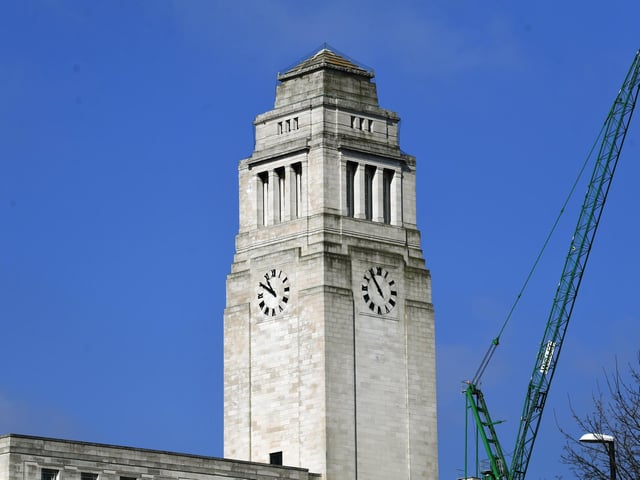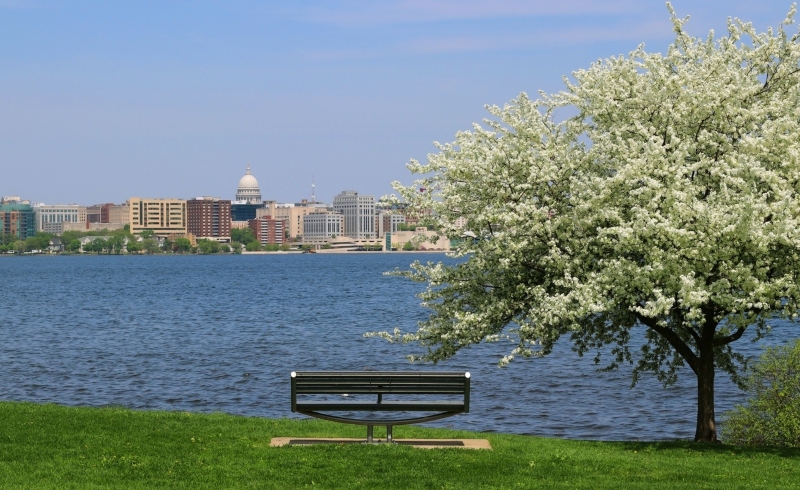Kerala Communists Serve the People, Look to Youth and Women
Kerala, a state in India, is a bizarre anomaly among developing nations … Kerala has a population as big as California’s and a per capita annual income of less than $300. But its infant mortality rate is very low, its literacy rate among the highest on Earth … Though mostly a land of paddy-covered plains, statistically Kerala stands out as the Mount Everest of social development.
– Bill McKibben, environmentalist and author
At 21 years of age, Arya Rajendran is barely eligible to vote. Nevertheless, she is now the mayor of Kerala’s capital city Thiruvananthapuram, population 2,585,000. She is a second-year student at All Saints College. She concentrates in math.
Rajendran told a reporter that,
“From the time I remember my childhood, I was going to Balasangham. … I am now the State President for Balasingham. I am also the Students Federation of India state committee member. My parents are branch committee members of CPI(M). And we firmly believe in what the party stands for.” Balasingham is the youth organization of the Communist Party of India, Marxist – the CPI(M).
In early December, Arya Rajendran was the candidate of Left Democratic Front (LDF) as voting took place in Mudavanmughal ward for the city council. She won 2,872 votes, 549 more than the candidate for the United Democratic Front (UDF), a coalition led by India’s National Congress political party. The CPI(M) is by far the largest force in the LDF, which also includes the Communist Party of India (CPI) and smaller leftist parties.
In city-wide voting, LDF candidates won 51 of the city council’s 100 seats. The council chooses the city’s mayor, and the CPI (M) district committee named Arya Rajendran as the LDF candidate for that office. Gaining the votes of 54 councilpersons on December 28, Rajendra became India’s youngest mayor.
The LDF government in Kerala in 2009 determined that women shall make up at least 50% of elected officials at every level of government. The CPI(M) in Kerala recently took steps to encourage young people to run for political office. One women, 22 years old and a candidate in the in the local elections, stated that, “In Thiruvananthapuram, 66 per cent of CPI(M)’s candidates are women. Five of them are below 25 years of age. This is a party with a difference.”
The CPI(M) – led government in Kerala is riding on a wave of good will following success in organizing life-saving relief after massive floods in 2018 and dealing with outbreaks of the lethal Nipah virus in 2018 and 2019 and the Covid-19 pandemic recently.
Communist – led governments have held power intermittently in Kerala since 1957. That year the CPI gained political control through electoral victory – one of the world’s first socialist political parties to do so – and was immediately removed by India’s central government because of turbulence associated with land reform efforts.
Even so, the CPI retained a strong presence in Kerala during the 1960s. From then on, however, the new CPI(M) has regularly won state elections as the dominant partner in the LDF coalition. Leadership of the state has alternated between the CPI(M) and India’s National Congress Party, leader of the UDF coalition. The current LDF government, in office since 2016, will gain a new term if the LDF is victorious in state-assembly elections set for May, 2021.
CPI dissidents formed the CPI(M) in 1964. They were protesting both CPI collaboration with the Congress Party, viewed as serving business interests, and CPI affinity with the Soviet Union. In concert with Chinese Communists, the CPI(M) objected to the Soviet Union’s turn to “peaceful coexistence” with capitalist powers.
The CPI(M) held power in West Bengal state from 1977 until 2011 and in the small state of Tripura intermittently from 1978 until 2018. The Party claimed a national membership of 10,000,520 in 2018.
Kerala governments headed by the CPI(M) instituted social and economic reforms starting with equitable use of land and continuing with improved access to healthcare and education and programs of social rescue. Reforms introduced by LDF governments stayed mostly intact during periods of the opposition coalition being in power
Communist reformers in Kerala had the advantage of rudimentary social reforms already in place prior to national independence in 1947. The principalities of Travancore and Cochin, converted into Kerala state in 1956, had avoided some of the depredations of British colonialism, and officials there had collaborated with missionaries and eventually with international aid agencies.
The new Kerala government quickly integrated illness and preventative care into a single health services agency. It prioritized planning capabilities, attended to urgent healthcare needs in rural areas, and gradually built a system of primary health care that’s been crucial to Kerala’s healthcare achievements.
Kerala’s Centre for Development Studies, established in 1970 and assisted by the United Nations, has guided efforts of government planners, politicians, healthcare providers, and educators. Teachers and researchers there did much to shape what’s known as the “Kerala model” of development, which implies: high “material quality of life” despite low per-capita income, “wealth and redistribution programs,” and “High levels of political participation and activism among ordinary people.”
Kerala’s government in the mid-1990s decentralized planning and policy-making for healthcare and education; many responsibilities were transferred to local political authorities. According to a report released in 2014, “In 2011, Kerala attained the highest Human Development Index of all Indian states.” Markers included:
+ Infant mortality rate of 12 per 1,000 live births in Kerala vs. 40 per 1,000 live births in India
+ Maternal mortality ratio of 66 per 100,000 live births in Kerala vs. 178 per 100,000 live births in India
+ Male literacy – 96% in Kerala vs. 82% in India; female literacy – 92% in Kerala vs. 65% in India
U.S. Communist, author, and veteran trade unionist Beatrice Lumpkin, was a math teacher. She recently extolled the performance of K. K. Shailaja, Kerala’s Minister of Health and Social Welfare, as she took on the Covid-19 Pandemic. The minister is a member of the Central Committee of the CPI(M) and formerly a physics teacher.
Ms. Lumpkin recalls that she “was invited to attend the conference of mathematics teachers in Kerala,” adding that, “To reach Kerala, I overnighted in Mumbai to change planes. In Mumbai, I saw many families living on the sidewalk, with at most a lean-to over their heads. It was a school day, but school-age children were on the sidewalk, with their families … In my two weeks in Kerala, I walked and rode all around the streets of the Kerala capital city of Thiruvananthapuram and never saw anyone living on the streets. In answer to my question my hosts said, ‘You don’t see any homeless because we had a land reform in Kerala. Everybody owns a piece of land, no matter how small.’”
This article first appeared on MR Online.





 Despite storing only one per cent of the Earth's total ice volume, glaciers have contributed to almost a quarter of the global ice losses over the study period, with all glacier regions around the world losing ice.
Despite storing only one per cent of the Earth's total ice volume, glaciers have contributed to almost a quarter of the global ice losses over the study period, with all glacier regions around the world losing ice.






